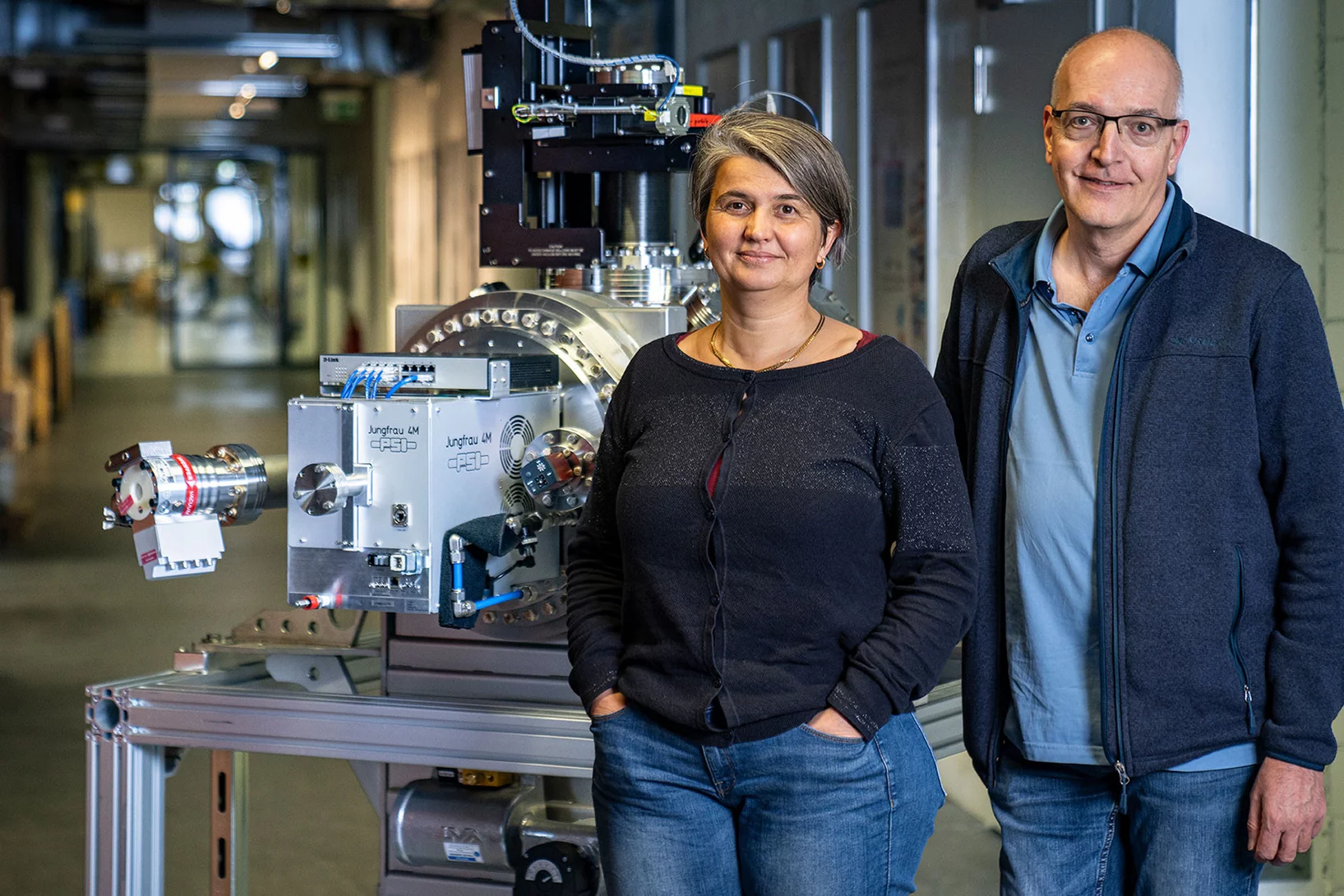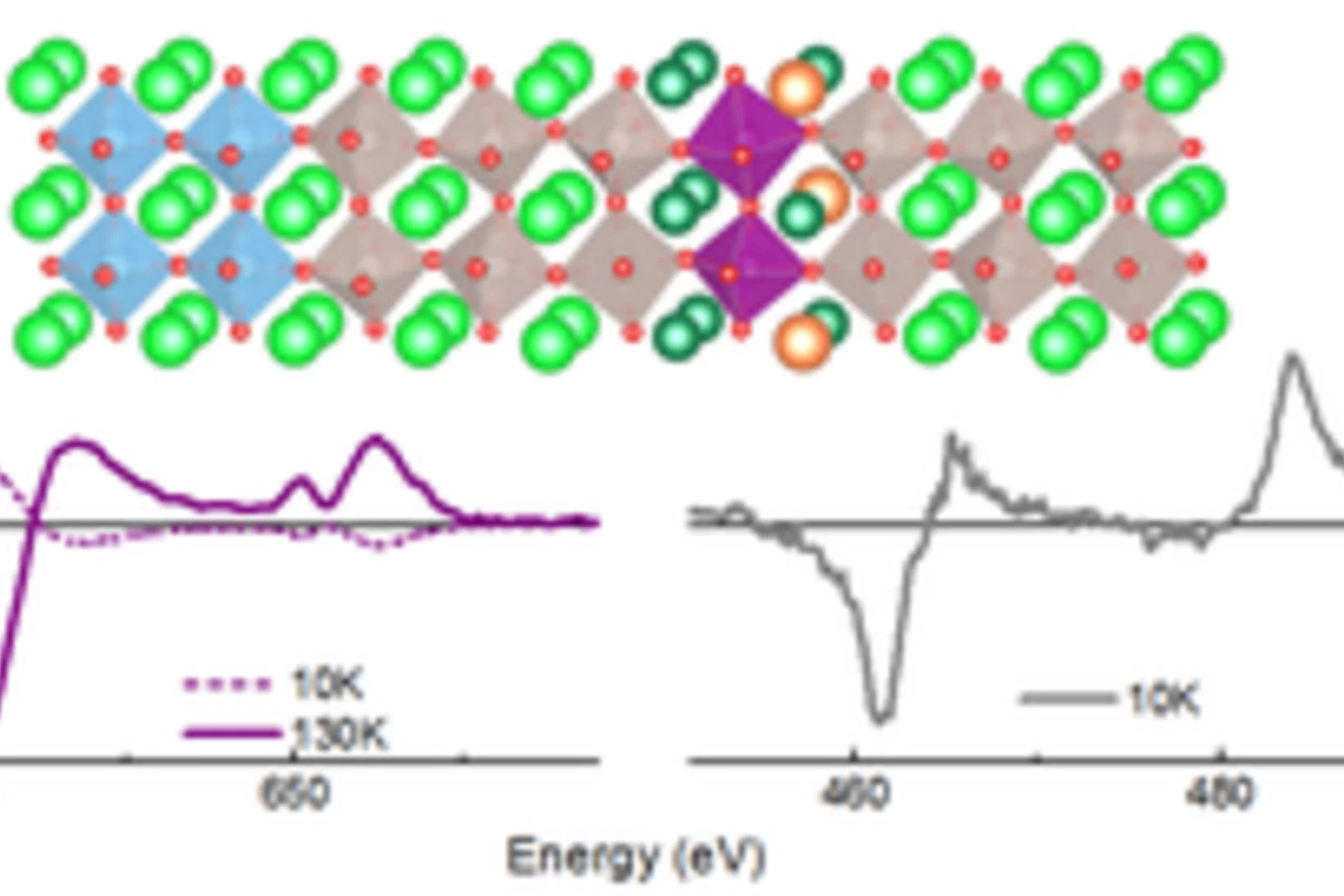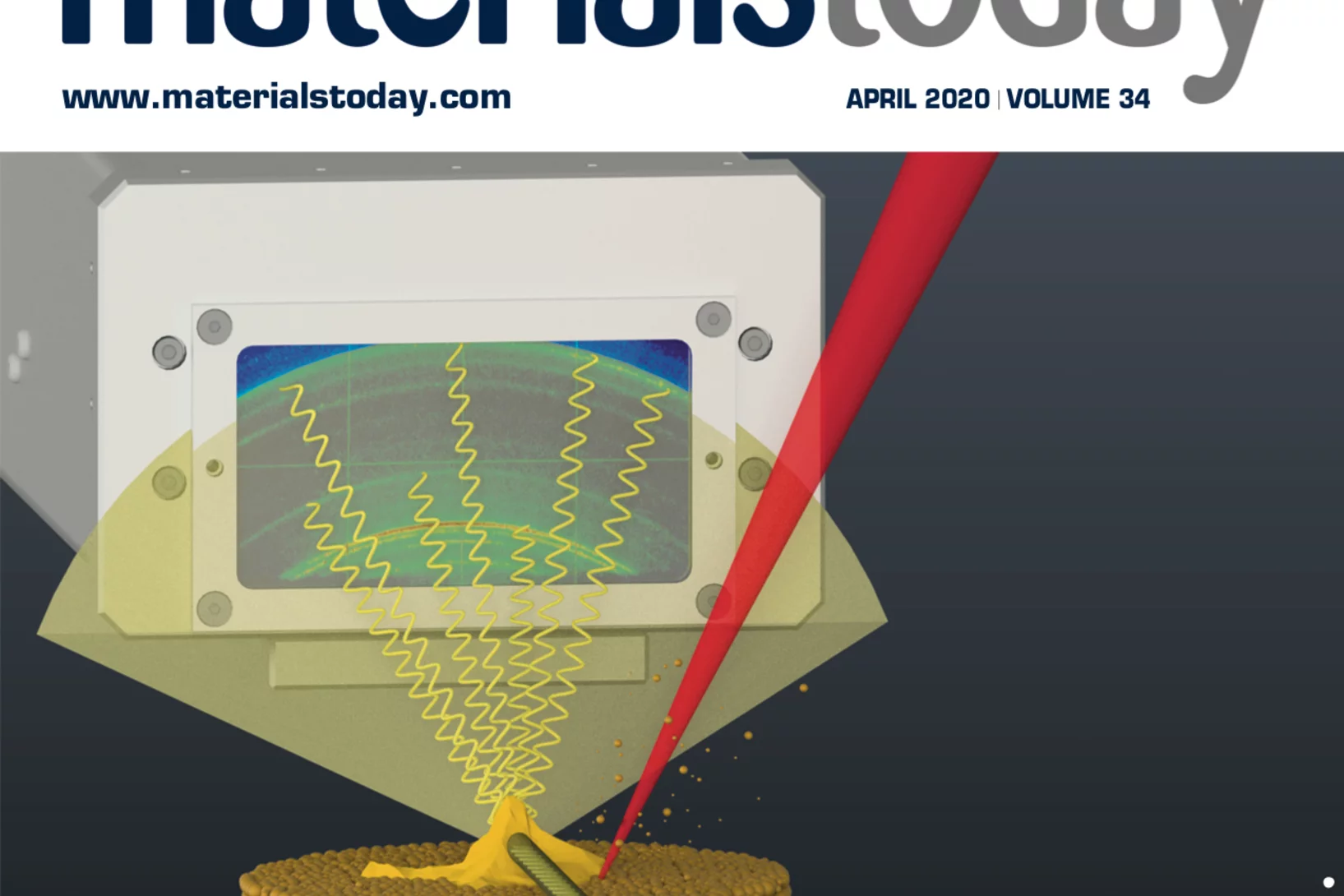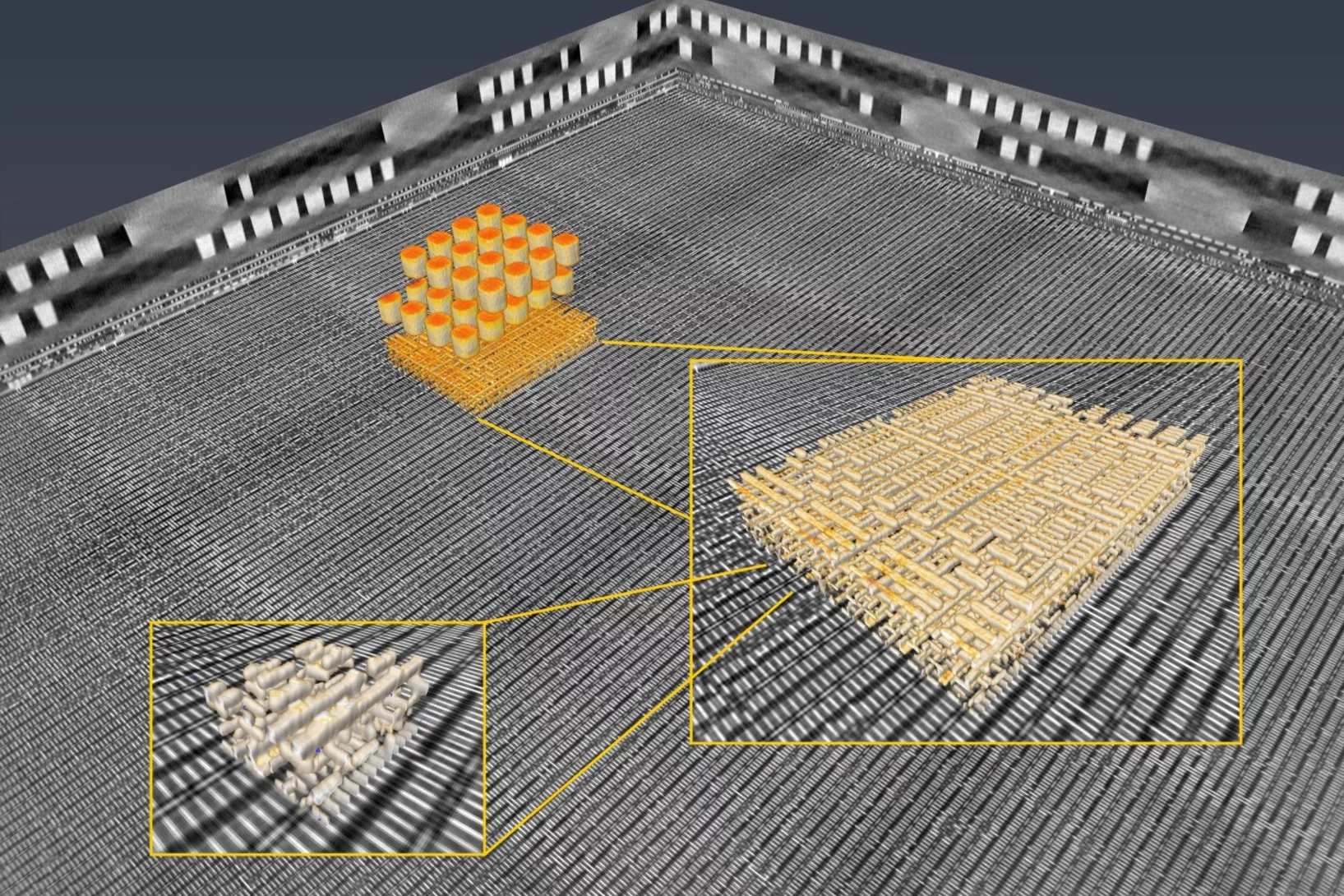We develop specialized detectors for applications at synchrotrons and XFELs, while also advancing detector research
The Detector Group of the PSI Center for Photon Science has a long-standing history in developing single-photon counting X-ray hybrid detectors for synchrotron facilities. Our work began with MYTHEN and PILATUS, continued with EIGER, and is now focused on the next generation of detectors for the SLS 2.0 upgrade of the Swiss Light Source (SLS).
In addition, we are involved in the development of charge-integrating X-ray pixel detectors for XFELs. We are part of the AGIPD consortium, contributing to the AGIPD detector for the European XFEL, and are developing the GOTTHARD microstrip detector as well as JUNGFRAU, a high-performance pixel detector for SwissFEL.
Further details about these detectors can be found on our project pages.
Our core research interests include optimizing spatial resolution by reducing pixel size and utilizing charge sharing to extract maximum information about the photon absorption position. Much of our work has centered around studying charge sharing, particularly with microstrip detectors, and we are now developing the MOENCH pixel detector, featuring a 25 µm pitch and capable of 2D interpolation. We are also exploring new sensor materials to enhance detection efficiency at higher energies, using high-Z materials like CdTe and thick silicon sensors. Recently, we have spearheaded the development of sensors with intrinsic signal amplification to facilitate soft X-ray detection with hybrid pixel detector technology.
Additional information on our research can be found on the research pages.







